
What do the motions of a speeding car, a toppling book, and a launching rocket have in common? All of these things have kinetic energy as they are in motion. Kinetic energy is the potential for an object in motion to exert a force on a stationary one.
If you’re a passenger in a car going along the highway, you’re also moving since the automobile’s motion is forcing you. This article will review several examples of kinetic energy and discuss the different kinds of kinetic energy.
The concept of kinetic energy is common knowledge. However, you are not alone if you lack thorough comprehension. We may ask, “What is kinetic energy?” as our world adopts a more sustainable mindset. Is there a way to use it to generate renewable power?
Kinetic energy can be seen in many different situations, including a person walking, a baseball flying through the air, a crumb falling off a table, and a charged particle moving through an electric field. Kinetic energy is only possessed by moving objects. Hence a stationary object has zero kinetic energy.
What is kinetic energy?
According to the Merriam-Webster Dictionary, the term “kinetic” means “of or relating to the motion of material bodies and the forces and energy associated. The word “kinetic” is derived from the Greek word “kinesis,” which means motion. Kinetic energy is hence the energy of motion.
Potential energy is the other primary form that exists in stationary objects. When a force, like gravity, acts upon the object to move it in motion, potential energy is transformed into kinetic energy. For instance, a stretched rubber band stores elastic potential energy, transforming into kinetic energy when the rubber band is released.
The energy that an item or particle possesses due to its motion is called kinetic energy. The acquisition of kinetic energy occurs when an item accelerates due to the application of a net force. A moving object or particle has kinetic energy, a measure of its properties that is affected by both its speed and mass.
The motion could be translational (movement along a path), rotational (movement around an axis), vibratory, or mixture.
Types of kinetic energy
Mechanical energy is the sum of the energy stored in a pendulum. The total of an object’s potential and kinetic energies is called its mechanical energy. Potential energy could be of various types, including elastic, chemical, gravitational, etc. The mechanical energy of a pendulum is just one example. A runner, a windmill, a river, a spacecraft in orbit, and an apple falling from a tree are all other examples of motion.
The following are some of the most frequent forms of energy that may be found today, in addition to mechanical energy:
- Electrical energy: This is the energy that electrons have once they’ve escaped their atoms’ bonds and are free to move about. Electricity can be created, collected, regulated, and used daily, but it also occurs naturally. Electrical energy can be seen in lightning, electric eels, brain waves, flashlights, desk lamps, and train signals.
- Radiant Energy: Electromagnetic waves and subatomic particles carry this energy around the cosmos. Radiant energy can take several forms, including visible light, gamma rays, microwaves, and ultraviolet rays. Sunlight, radio waves, electric light, X-rays, and the heating components of a toaster are all forms of radiant energy.
- Thermal Energy: Thermal energy is the energy created when molecules and atoms move and clash with one another. Thermal energy is usually understood to relate to heat energy. However, it can also be used to describe any temperature. The heat released from an object is proportional to its atoms’ activity. Boiling water, baking bread, geothermal hot springs, and the sun’s warming of the atmosphere are all examples of thermal energy.
- Sound Energy: These forms of energy travel in waves (vibrations) through a medium like air or water, transferring their power from particle to particle. There is no way for sound to travel in a vacuum. Specific frequencies, such as those utilized in ultrasonic medical devices, are inaudible to human ears but are perfectly usable by these machines. The sounds of a person singing, hands clapping, a drum being played, an insect buzzing, or a firecracker going off are all examples of sounds.
What Is the Relationship Between Potential and Kinetic Energy?
The energy that is produced due to an object’s motion is called kinetic energy. On the other hand, potential energy is the energy an item may employ to move. These energies are capable of interchanging with one another. In a real-world scenario, potential energy was converted into motion.
A skydiver has no kinetic energy before jumping out of an airplane, but they have a lot of potential energy. As a skydiver falls from the sky, their potential energy gradually dissipates and is converted to kinetic energy as their speed increases. The skydiver’s rate of rise in kinetic energy will be identical to its decrease in potential energy.
The same holds for any item whose energy changes forms, whether from kinetic to potential or vice versa.
Examples of Kinetic Energy:
You can find examples of kinetic energy in everything with mass and motion. Some examples of kinetic energy are:
#1 Hydropower Plants
The term “hydropower plant” refers to a place where energy is produced by using water as a mechanical means. Water’s kinetic energy is converted to mechanical energy when it strikes the turbine inside the dam and continues on its motion path. The rotation of the turbines is driven by mechanical energy, which in turn generates electricity.
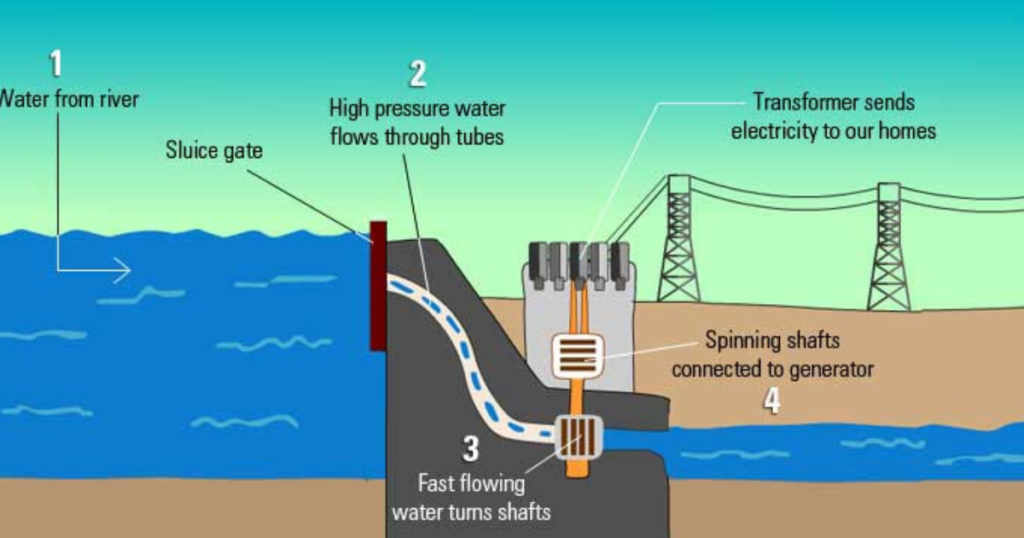
#2 Photons Emitted By Incandescent Light Bulb
An electric current flows from one metal contact to another in a conventional light bulb, commonly called incandescent. Photons, or packets of visible light, are emitted as the tungsten filament heats up as electricity runs through the wires and filament.

The light bulb generates a great deal of heat and light. For instance, a 60-watt light bulb turns 60 joules of electrical energy per second into radiant energy in light and heat.
The term “radiant energy” describes the type of energy that can be transmitted through space by particles or waves. Electromagnetic waves produce it, the effects of which are typically felt as heat.
#3 Meteor Shower
Although this example is not a typical day-to-day application of kinetic energy, it is nevertheless a fascinating solar system phenomenon. The fact that meteoroids are dispersed throughout our solar system may already be known to you. Any meteoroid that gets close enough to the earth’s atmosphere is drawn in by gravity.

It thus begins to freely fall from the sky at a high rate of speed. The meteorite’s tremendous size and weight at that moment cause it to have Radio Waves Travelling At the Speed Of Light with high kinetic energy. Explosions happen when anything with such high kinetic energy strikes the earth’s surface. This also explains why there are impact craters on the world’s surface.
#4 Cricket Ball
A cricket ball in a bowler’s hand has no kinetic energy because it is at rest. Hence that energy is zero. However, as soon as the bowler tosses the ball toward the batsman, it starts to build up kinetic energy due to its mass and the velocity at which it is thrown. This is why batsmen always wear protective gear to prevent injuries, as the ball has a lot of kinetic energy.

#5 Dropping a Glass on the Floor
What occurs when we unintentionally drop a glass on the ground? At first, it simply has potential energy at its maximum point. Still, when gravity acts and the speed is accelerated, the mass of the glass and velocity gradually cause the amount of kinetic energy to increase.

The glass’s kinetic energy is at its peak just before it hits the ground, but its potential energy is at its lowest or almost nonexistent. Kinetic energy is finally released when the glass breaks and lands on the ground.
#6 A Bus Moving on the Hill
Due to the height and virtually zero coefficient of kinetic energy, a bus at the top of the hill will have higher potential energy. The potential energy associated with height will drop, and the kinetic energy will rise as the bus proceeds with some velocities down the hill.

The value of both the potential and kinetic energy will eventually equalize. The bus’s kinetic energy will peak when it reaches the bottom of the hill; as long as it continues to move at a steady speed, the potential energy will be zero.
#7 Vibrating Stereo Speakers
Sound results from vibrations in an energy transfer medium (like water or air). We hear the world around us because the brain interprets the vibrations of our eardrums into audible signals. The same principle applies to stereo speakers or any other sound generator. Play it loud enough, and you can feel the vibrations through your hand.

Sound is produced as the speaker moves back and forth, pushing on air particles, altering the air pressure, and releasing pressure waves. Striking a drum causes its surface to vibrate, producing sound. Sound, unlike light, cannot penetrate a vacuum because there are no atoms to transmit vibrations.
#8 Bullet From a Gun
High levels of kinetic energy propel the bullet through the air. Another name for it is muzzle energy. The destructive potential of a rifle or ammunition can be roughly estimated by measuring its muzzle energy, assuming that extraneous effects (such as gravity and aerodynamics) are neglected.
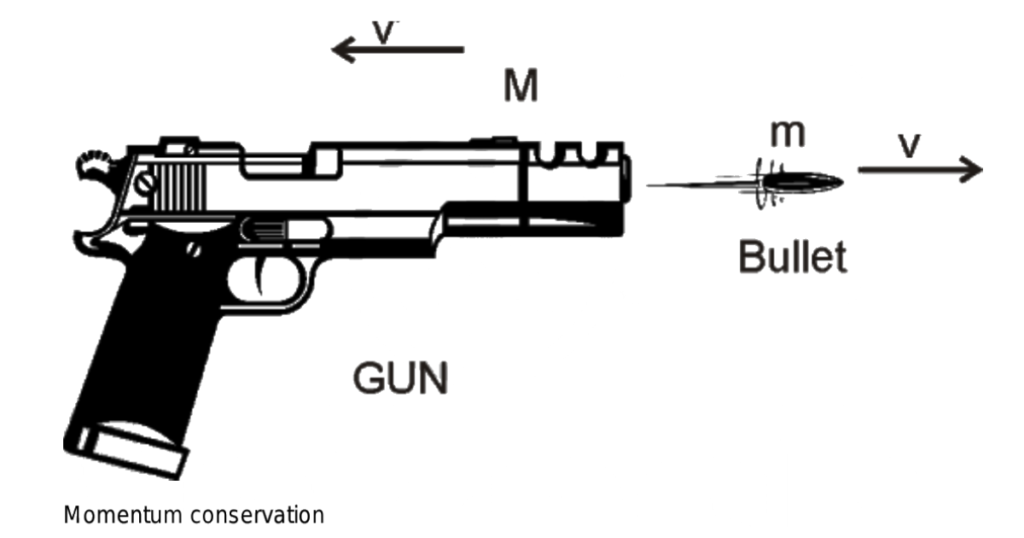
A bullet’s destructive potential is proportional to its kinetic energy, which increases with its velocity and weight.
#9 Lightning During A Thunderstorm
When negatively charged electrons move through a conductor, they generate kinetic energy, known as electrical energy. Faster-moving electrons carry more energy; increasing their velocity increases the energy available. It is this flow of electrons that provides the energy for our electronic gadgets.
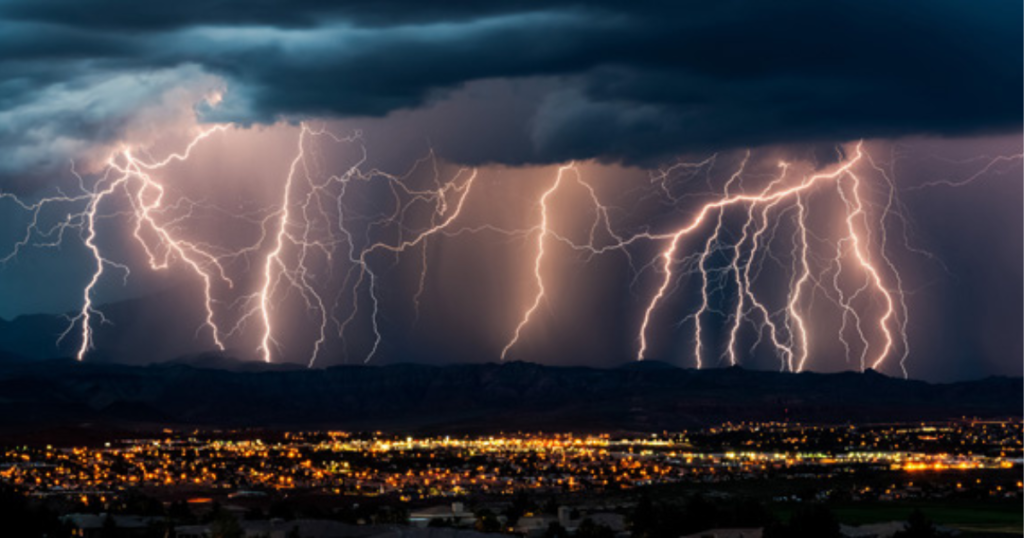
One common representation of electrical power is lightning during a thunderstorm. The static energy in the clouds produces an immediate discharge of electrons. Thunder occurs when the air is heated by the lightning, which then causes a shock wave.
#10 Electricity Provided By A Car Battery
An automobile battery stores chemical energy in the form of electrical charges that may be drawn from the terminals. Discharging batteries undergo a chemical reaction that allows electrons to flow from the anode to the cathode. The circuits in the automobile get their power from these moving electrons.
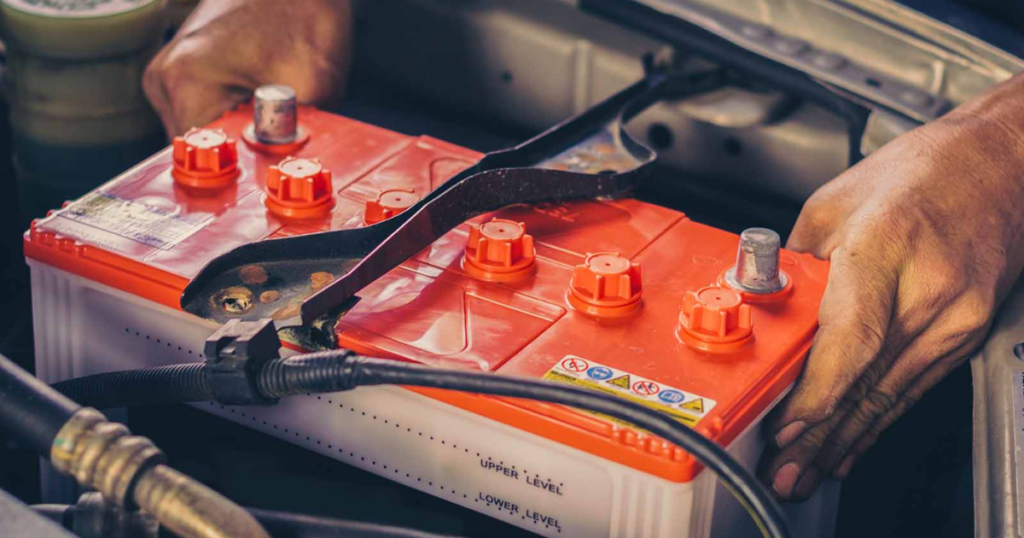
A battery can be charged by moving electrons from the cathode to the anode. These rechargeable batteries can provide a large current surge and then be rapidly recharged.
#11 Wind Mills
A windmill is one of the applications of kinetic energy that may be seen in the real world. When wind strikes the blades of a windmill, it generates rotation, which ultimately results in energy production. In this situation, the kinetic energy of the moving air drives the blades’ rotation; as a result, the kinetic energy is turned into mechanical energy.

#12 Boiling water
Thermal energy, like radiant energy, appears as heat or warmth in the body. While radiant energy represents the movement of particles or waves, thermal energy describes the activity of molecules and atoms within an object. The rapid motion and collision of atoms and molecules produce thermodynamic energy. This transformation qualifies thermal energy as a kind of kinetic energy.

To understand the nature of thermal energy, consider a pot of boiling water. Heat causes an increase in the kinetic energy of the water molecules. Furthermore, it continues to rise until the boiling point of water is reached.
#13 Radio Waves Travelling At the Speed Of Light
Radio waves also propagate as waves. Their wavelengths are between one millimeter and one hundred kilometers, and their frequency range from three kilohertz to three hundred gigahertz. Like other electromagnetic waves, radio waves propagate at the speed of light.
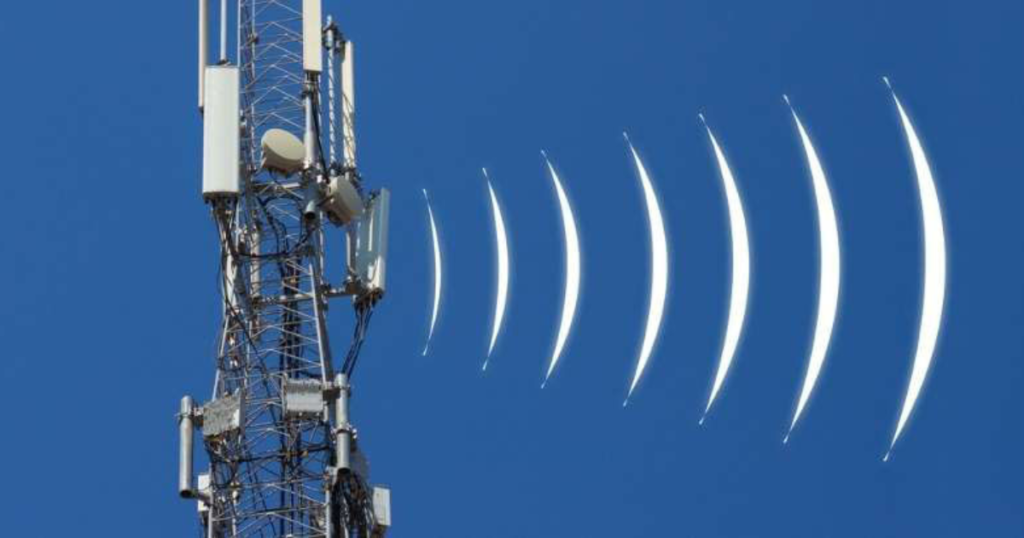
Radio stations use these waves to broadcast their programming over long distances. Solar rays are another prime instance of radiant energy. This explains why being out in the sun makes you feel warmer than in the shade.
#14 Cycling
Bicycling is a rich source of kinetic energy. The source of the cyclist’s energy is the food he eats, which his body converts into chemical energy. Chemical energy is transformed into mechanical energy as he presses down on the bicycle pedal.

This form of energy conversion, meanwhile, is inefficient. The cyclist expends considerable chemical energy to generate heat and counteract the effects of friction and air resistance.
FAQs
1. Does a stretched spring have kinetic energy?
Since the spring is in motion, there is kinetic energy in an oscillating spring but no kinetic energy in a stationary spring.
2. How do you calculate Kinetic Energy?
To calculate an object’s kinetic energy, multiply its mass by its velocity squared by half.
3. Does kinetic energy need matter?
Kinetic energy is the energy of moving matter. A moving object’s kinetic energy depends directly on its mass and velocity.
Conclusion
In conclusion, kinetic energy is a fascinating concept that surrounds us daily. From the simple movements of walking or jumping to the complex mechanics of machines and vehicles, kinetic energy plays a vital role in our world.
The examples discussed in this article show how kinetic energy is transferred and transformed in different systems and how it can be harnessed for useful purposes. By understanding the principles of kinetic energy, we can appreciate the workings of the world around us and even design more efficient systems that use this powerful force.




